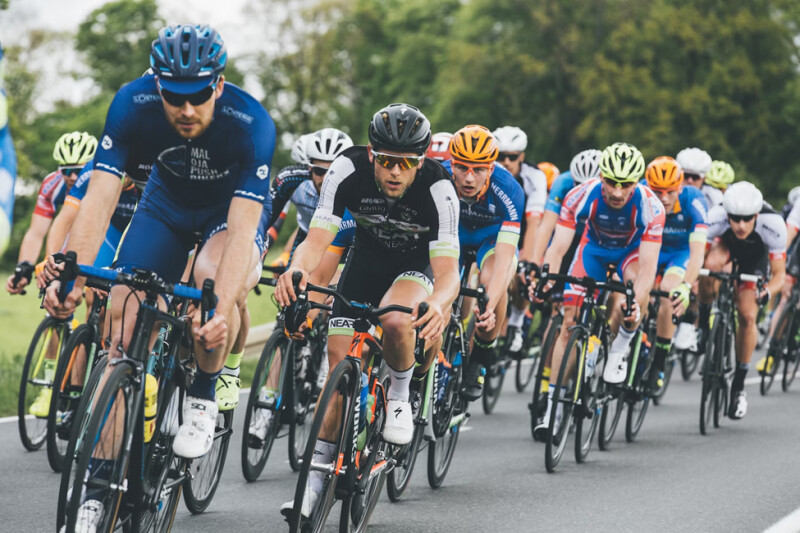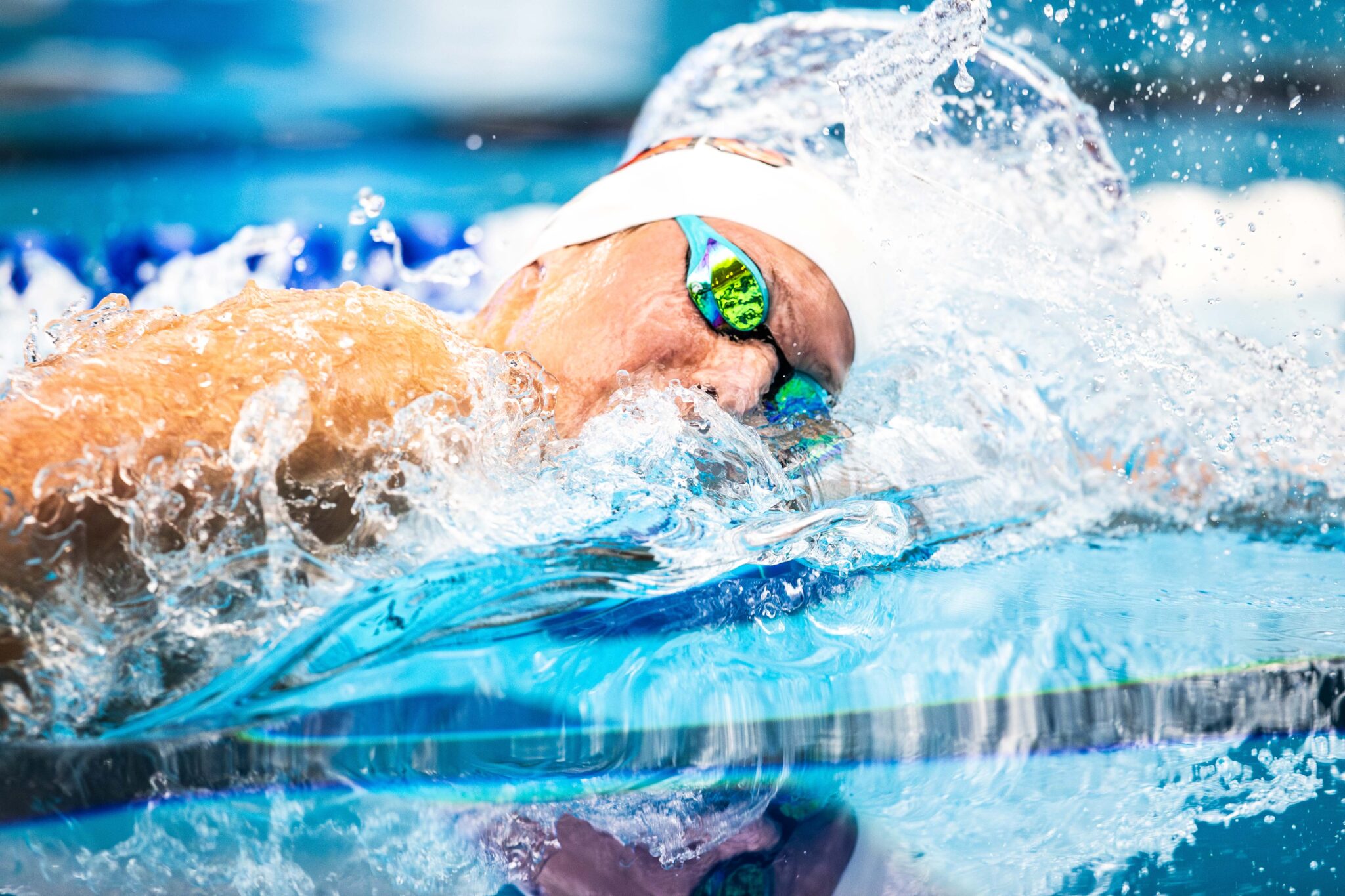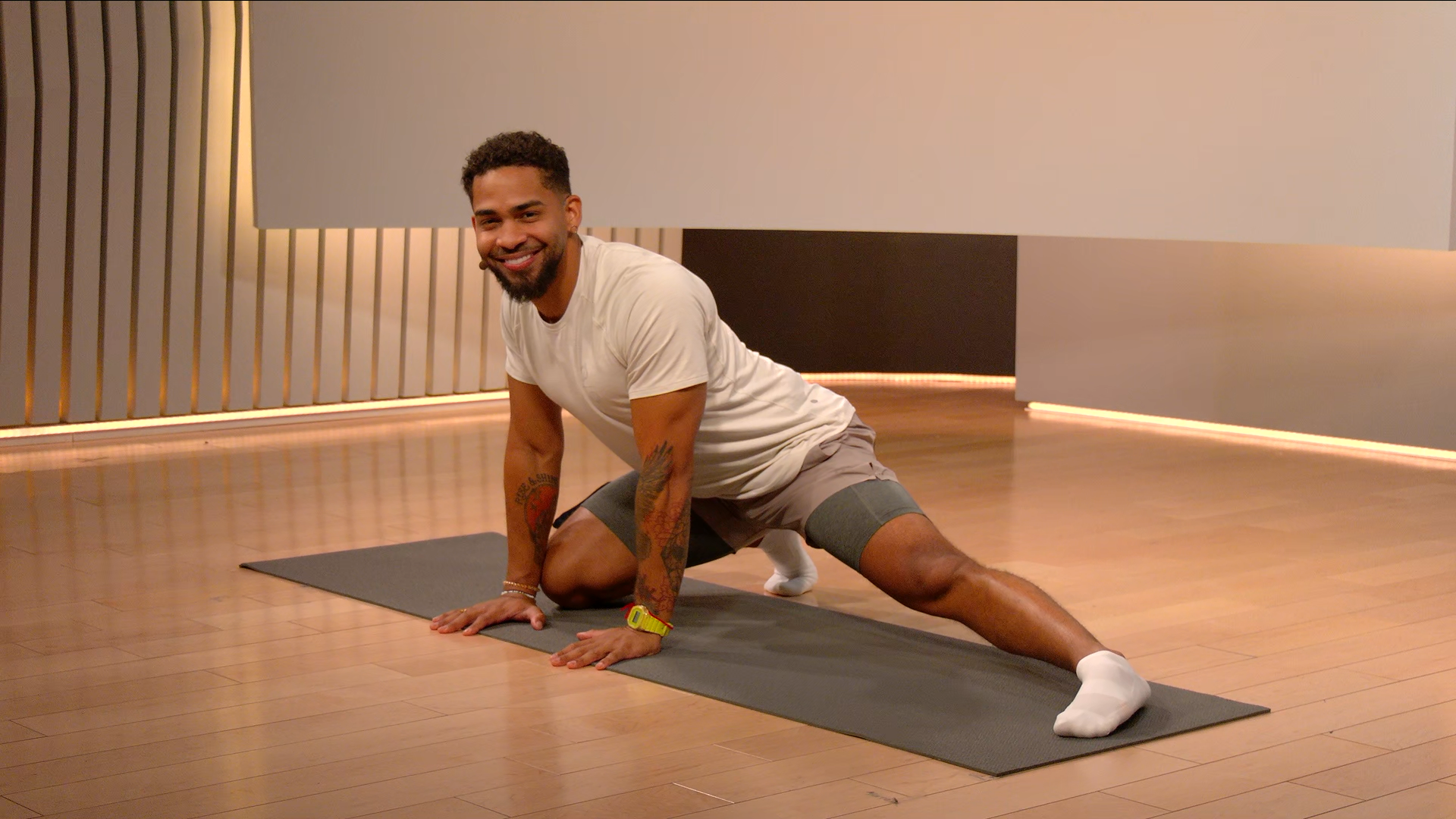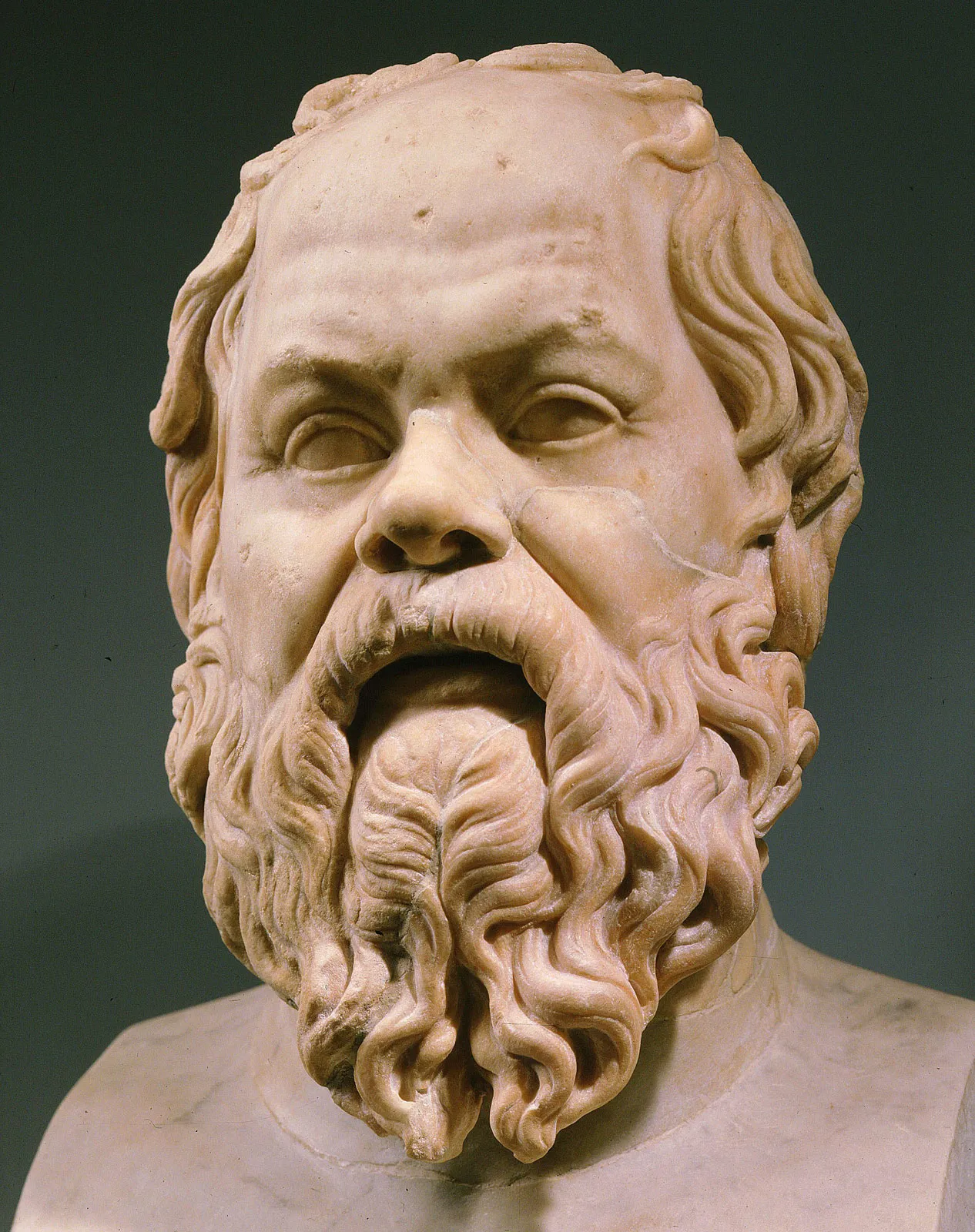The swimmer’s physique has long fascinated athletes, coaches, and fitness enthusiasts alike. It represents a rare combination of grace, endurance, and power—sculpted not just by gym training but by the natural resistance of water itself. A swimmer’s body is a physical testament to countless laps, precise technique, and an understanding of hydrodynamics. From the broad shoulders of Michael Phelps to the lithe agility of Katie Ledecky, the swimmer physique is more than just aesthetic—it’s a finely tuned machine optimized for performance and efficiency in the water.
The Anatomy of the Swimmer Physique
At first glance, swimmers are instantly recognizable. They tend to have broad shoulders, narrow hips, and long limbs—a “V-shaped” torso that tapers down to a streamlined waist. This body structure isn’t coincidental; it’s the result of adaptation to the demands of swimming.
-
Broad Shoulders and Powerful Lats: The repetitive pulling motion of strokes like freestyle and butterfly develops the latissimus dorsi—the large muscles along the back that create that trademark V-taper. Strong deltoids and trapezius muscles assist in propulsion, giving swimmers a wide upper frame.
-
Lean Musculature: Unlike bodybuilders, swimmers rarely carry excessive muscle bulk. Water provides consistent resistance, so their muscles grow long, flexible, and functional rather than dense and bulky. This allows for endurance and fluidity in motion.
-
Core Strength: Every stroke and kick originates from the core. Swimmers rely heavily on abdominal and lower back muscles for stabilization, body rotation, and efficient transfer of power.
-
Leg Power: While swimming is an upper-body dominant sport, the lower body contributes significantly to propulsion. The quadriceps, glutes, and calves engage in a rhythmic kick pattern that maintains balance and speed.
-
Cardiovascular Conditioning: Beneath the muscle lies an exceptional cardiovascular system. Swimmers often have lower resting heart rates and higher lung capacities than most athletes, a reflection of the aerobic endurance developed through years of training.
The Role of Water Resistance
Unlike land-based workouts, swimming engages every muscle group simultaneously while minimizing impact on the joints. Water is nearly 800 times denser than air, meaning each movement demands more effort. This resistance builds functional strength evenly across the body.
Moreover, because water supports the body’s weight, swimmers experience far less joint stress than runners or weightlifters. This allows for longer training sessions without the risk of overuse injuries common in high-impact sports. The result is a physique that is muscular yet supple—a balance rarely achieved in other disciplines.
Hydrodynamics and Body Composition
Swimming is a sport governed by physics. Every ounce of unnecessary mass increases drag, while every inch of streamlined muscle enhances glide. A swimmer’s physique reflects this optimization.
Body fat percentage in elite swimmers varies depending on gender and event. Sprinters, who rely on explosive bursts of power, may carry slightly more muscle mass, while distance swimmers prioritize leanness for sustained endurance. Still, a modest amount of body fat is beneficial—it adds buoyancy, helping the body float higher and reducing drag.
Height and limb length also provide advantages. Longer arms act like levers, allowing for greater reach and a more efficient stroke. This is why many competitive swimmers, from Phelps to Ledecky, have wingspans exceeding their height—a biomechanical edge in the pool.
Training for a Swimmer’s Body
Achieving the swimmer physique requires more than endless laps. It’s a combination of pool workouts, dryland strength training, flexibility routines, and nutrition.
1. Pool Training
Each stroke works different muscle groups and energy systems:
-
Freestyle (Front Crawl): Builds shoulders, triceps, and core through continuous arm turnover.
-
Backstroke: Enhances posture, spinal alignment, and back musculature.
-
Breaststroke: Focuses on inner thighs, glutes, and chest, requiring rhythmic timing.
-
Butterfly: The most demanding stroke, it develops explosive upper-body strength and total-body coordination.
Interval training—alternating fast and slow laps—helps improve cardiovascular endurance while burning fat. Long-distance swims build stamina, while sprint sets increase power and anaerobic capacity.
2. Dryland Training
Strength training complements aquatic work by reinforcing stability and correcting muscular imbalances. Typical exercises include:
-
Pull-ups and lat pulldowns for the back and shoulders.
-
Planks and Russian twists for core strength.
-
Squats and lunges for lower-body drive.
-
Medicine ball throws to mimic explosive swim motions.
Dryland workouts emphasize functional strength—movements that mirror those performed in the water. The goal isn’t bulky muscle, but endurance, balance, and control.
3. Flexibility and Mobility
Swimmers require exceptional range of motion. Tight shoulders or hips can disrupt form and slow progress. Stretching, yoga, and mobility drills are crucial to maintain fluid movement patterns. Shoulder dislocates, hip openers, and spinal rotations are especially valuable.
4. Nutrition and Recovery
A swimmer’s diet fuels long, demanding training sessions. Balanced macronutrients—carbohydrates for energy, lean proteins for muscle repair, and healthy fats for endurance—are key. Hydration is equally vital, as swimmers sweat significantly even in water.
Recovery techniques like foam rolling, massages, and adequate sleep help muscles adapt and grow. Elite swimmers often schedule multiple recovery modalities, from ice baths to active rest days, ensuring sustained performance.
The Psychological Edge
The swimmer physique isn’t built on physical training alone—it’s forged through mental resilience. Swimming is often a solitary sport. Hours of repetitive motion in silence build focus, discipline, and determination. Athletes learn to push through fatigue and discomfort, traits that mirror the precision of their bodies.
Visualization also plays a role. Swimmers often mentally rehearse races, imagining perfect strokes and turns. This cognitive conditioning sharpens neuromuscular coordination, leading to smoother, more efficient movement.
Everyday Benefits of a Swimmer’s Body
Even outside the pool, a swimmer’s physique offers numerous advantages. The combination of cardiovascular health, muscular symmetry, and joint mobility promotes longevity and functional fitness.
-
Posture: Strong back and shoulder muscles improve alignment and reduce slouching.
-
Metabolic Efficiency: Swimming burns calories efficiently while maintaining lean muscle mass.
-
Injury Prevention: Enhanced flexibility and balanced strength protect against strain and overuse injuries.
-
Mental Clarity: The meditative nature of swimming improves focus and reduces stress hormones.
It’s a form of training that transcends aesthetics—creating a body that moves well, feels strong, and ages gracefully.
The Myth of Genetics vs. Training
While genetics play a role—some individuals are naturally predisposed to longer limbs or favorable muscle fiber ratios—most aspects of the swimmer physique are earned through consistent training. Even those without “ideal” proportions can develop the sleek, powerful look through regular swimming and complementary exercises.
Moreover, the swimmer body varies across events and athletes. Sprinters may appear more muscular, distance swimmers leaner, and synchronized swimmers more balanced. This diversity underscores that there’s no single formula—just principles of adaptation guided by dedication.
The Symbolism of the Swimmer Physique
Beyond biology, the swimmer’s body carries symbolic weight. It embodies fluidity, balance, and self-mastery—a harmony between strength and grace. In many ways, it represents the human aspiration to adapt, to become one with a challenging environment rather than resist it.
Water, a medium that resists every motion, becomes the sculptor. Each stroke refines not only muscle but also discipline and resilience. The swimmer physique, then, is both an aesthetic ideal and a metaphor for transformation—a body shaped by persistence against invisible resistance.
Conclusion: The Art of Streamlined Strength
The swimmer physique is not just about physical beauty—it’s the culmination of science, dedication, and adaptability. It merges the precision of athletic training with the artistry of motion. Through countless hours spent cutting through water, swimmers develop more than power; they achieve efficiency, balance, and control.
Whether you’re a competitive athlete or a fitness enthusiast, embracing the swimmer’s approach—focused, disciplined, and attuned to the body’s harmony—can lead to profound results. The goal isn’t merely to look like a swimmer, but to move, think, and train like one: with rhythm, resilience, and an unrelenting pursuit of flow.
In the end, the swimmer physique stands as a testament to human potential—strong yet supple, fierce yet fluid—a body that conquers resistance by learning to glide through it.













Leave a Reply